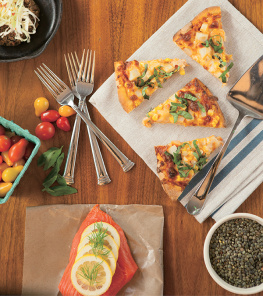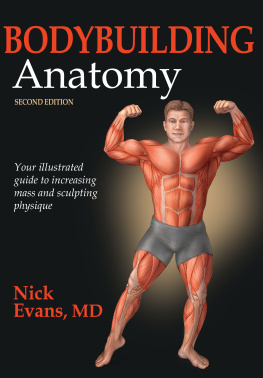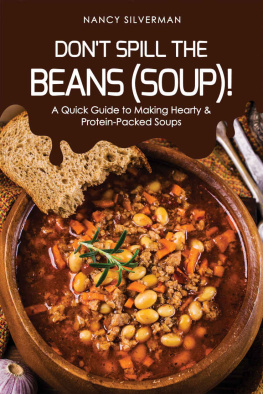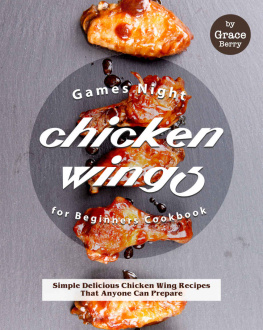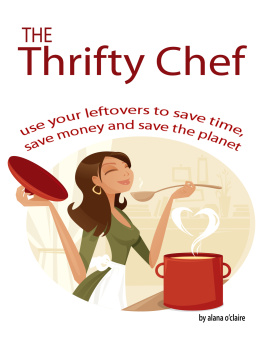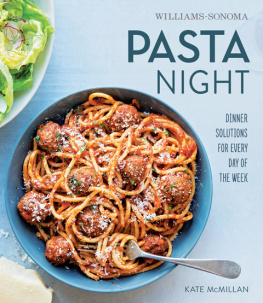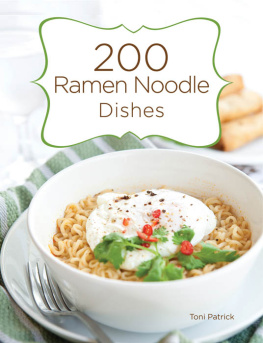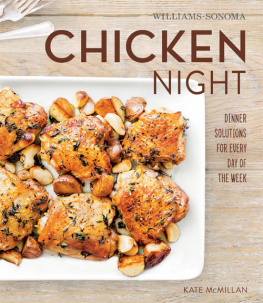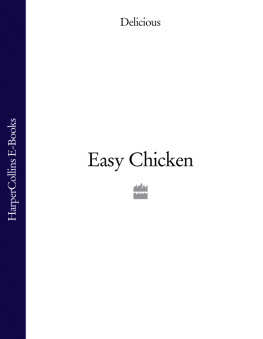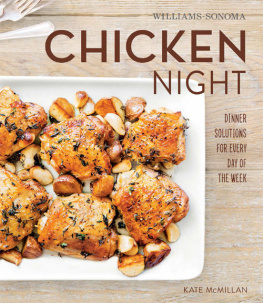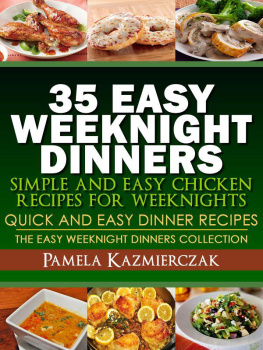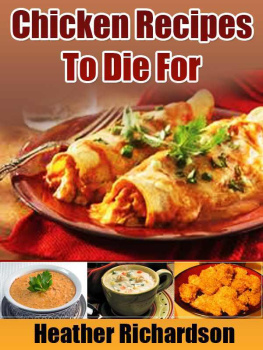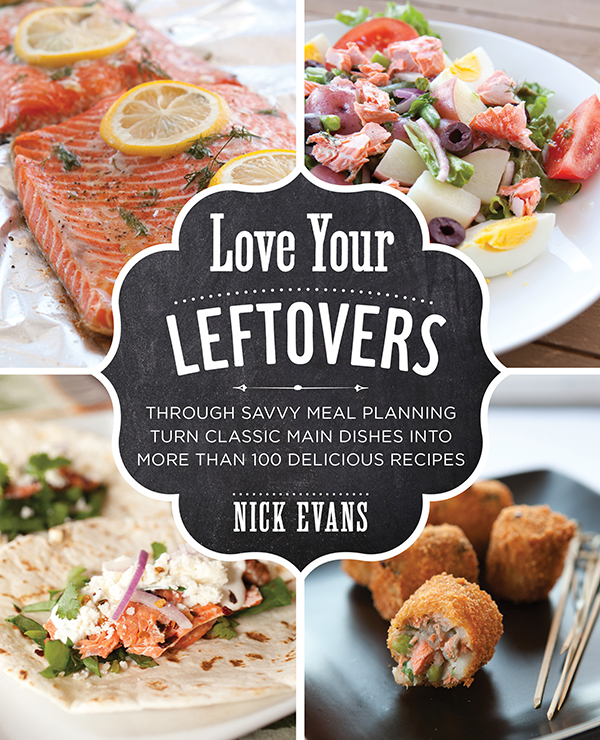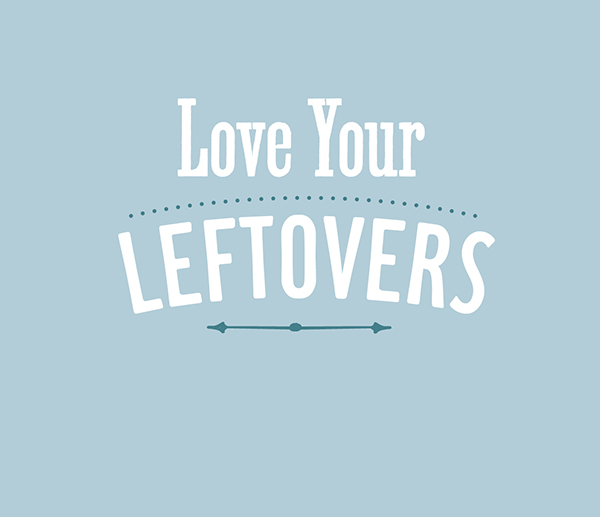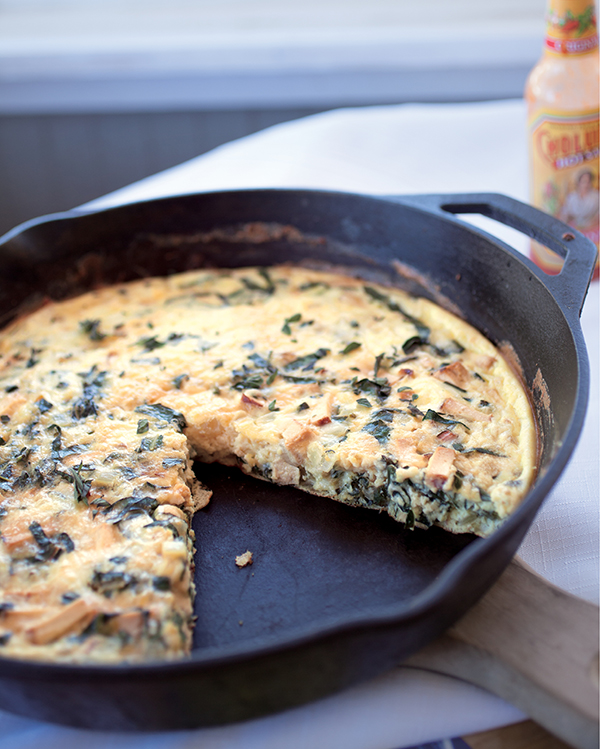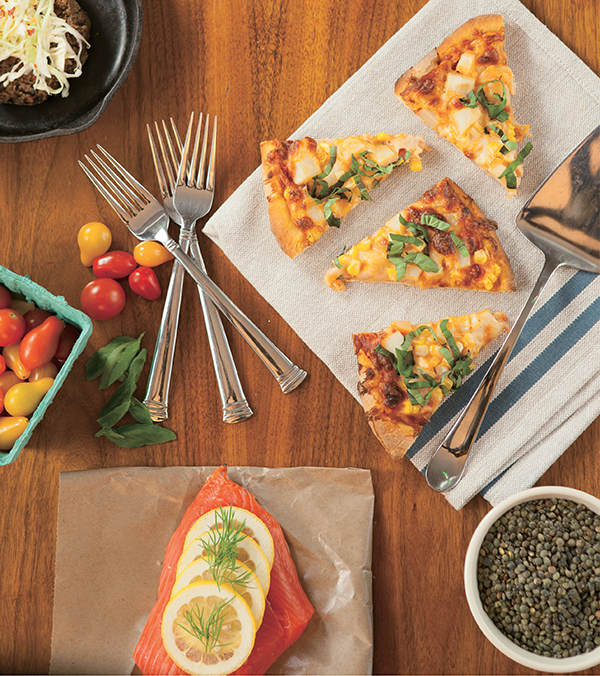Guilford, Connecticut
An imprint of Globe Pequot Press
Copyright 2014 Nick Evans
ALL RIGHTS RESERVED. No part of this book may be reproduced or transmitted in any form by any means, electronic or mechanical, including photocopying and recording, or by any information storage and retrieval system, except as may be expressly permitted in writing from the publisher. Requests for permission should be addressed to Globe Pequot Press, Attn: Rights and Permissions Department, PO Box 480, Guilford, CT 06437.
Lyons Press is an imprint of Globe Pequot Press.
Photographs by Nick Evans
Design: Sheryl. P. Kober
Project editor: Julie Marsh
Layout: Melissa Evarts
Library of Congress Cataloging-in-Publication Data
Evans, Nick, 1983author.
Love your leftovers : through savvy meal planning turn classic main dishes into more than 100 delicious recipes / Nick Evans.
pages cm
Summary: Nick Evans philosophy is that homemade food is best and he is passionate about teaching people the value of a basic dish. The meal planning method in this book features a foundation dish that can be transformed into numerous other dishes throughout the week, saving you time and money, and leaving you with an impressive array of weeknight meals. This book will introduce you to dozens of possibilities for making your leftovers last, always striking the perfect balance between high quality food and low cost and effort Provided by publisher.
Includes index.
eISBN 978-1-4930-0837-7 (ePub)
1. Cooking (Leftovers) I. Title.
TX740.E835 2014
641.5'52dc23
2013050236
This book is for my wife, Bets, who had to eat her way through multiple versions of the dishes in this book, some versions better than others. I also dedicate it to the lovely community of Macheesmo readers out there, who gave me the courage to write this sucker.
Contents
Introduction
I know what youre thinking: Another cookbook? Hasnt everything been cooked and booked by now?
Trust me, Ive thought the same thing while browsing the new cookbooks on Amazon or in the local bookstore. With the explosion of celebrity chefs and food blogs, cookbooks seem to be a dime a dozen. (If only they were that cheap!)
The shocking thing about all of these cookbooks is that most of them are surprisingly good. The authors spend a huge amount of time developing recipes, taking photographs, and writing useful descriptions. Flip to any page in any number of cookbooks, and youll find a recipe that you can successfully follow to make a great dish. I have dozens and dozens of cookbooks on my shelves that are filled with good recipes.
But the truth is that I rarely open them.
Ive come down with a serious case of what I call cookbook fatigue. I have all of these fantastic books that I know contain delicious recipes, but when it comes down to planning my weekly meal schedule, I dont want to spend a lot of time combing through them.
So I started brainstorming a way to plan my weekly meals without scavenging through dozens of books. That brainstorm led to this book!
When I began working on this project, I wanted to produce more than just a collection of random recipes; I wanted to give you a book that would help you plan meals and make efficient use of both your time and budget.
I started by thinking about how efficient cooks use leftovers to their advantage. You may not know this, but restaurants frequently repurpose what are essentially leftovers into daily specials or other dishes. Theyll make one dish, serve it, and then make something completely different with the leftovers on day two. Roasted chickens become chicken tortilla soup. Baked potatoes morph into gnocchi. Meanwhile all of us home cooks have been thinking we have to start from scratch each and every day.
I found there are certain dishes that are not only good meals in their own right but also make solid starting points for other equally good dishes. These dishes are the basis for the fourteen recipe chapters in this book. They can almost all be part of a meal as is on day one, but then the leftovers can easily be used for other dishes throughout the week. Those secondary dishes take less time and money to make because much of the work is already done. These are the types of dishes that I recommend people incorporate into their weekly meal plans.
The leftovers cooking philosophy is simply to make large batches of these main dishes when you have the time and then use the leftovers to make new meals throughout the week. When you shift your thinking toward preparing meals that build off one another, youll find it opens up a whole world of new dishes that once seemed out of reach.
After I got the hang of meal planning using this leftover method, I realized I was making things like homemade chicken and dumplings on a Tuesday in under an hour, and it tasted like Id been slaving away all day.
Finding the Time to Cook
I believe cooking is an incredibly important skill for anyone who cares about feeding his or her friends and family good, healthy meals. Once you get the hang of it, you can save money, eat healthier, and possibly (just possibly) have fun.
That said, Im not one of those people whos going to pull your leg and tell you that this book is filled with quick meals that take no time at all. Nope. Some of these recipes do take time, and I hope that, as you explore whats here, youll find time to try them. If youve read my blog, Macheesmo.com, youll know that Im very upfront about the work a dish requires. You wont find any surprises here, either. If I say a dish takes thirty minutes, that means it took thirty minutes for me to make in my home kitchen with no help and most likely with some distractions. But I wont lie. There are some recipes in this book that have the word hours in the cook time.
Take a deep breath. You can make it happen. Youll be well rewarded.
Using This Book
Each of the fourteen recipe chapters in this book begins with a main dish. In general these are the dishes that take the longest to cook, although a few will be ready in under an hour. These main dishes store easily, keep well, and can be used later to make the subsequent recipes in a given chapter.
Now, you dont necessarily need to make the main dish to make the related dishes in any given chapter. I encourage you to get creative. For example, in the roast chicken chapter, you can use any leftover chicken, or you can buy a rotisserie chicken and use that for the supporting recipes. Likewise, the marinara recipes work great with any store-bought variety of marinara. You get the idea.

